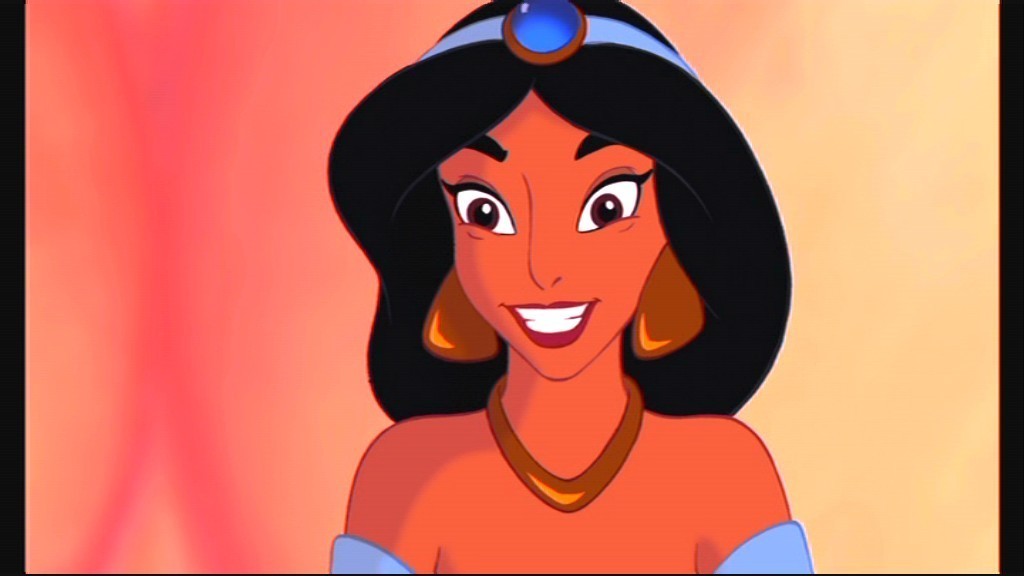

“To some measure, the demand to cast Arab actors to play the lead roles in Aladdin amounts to an endorsement that Agrabah is indeed an Arab land or an accurate representation of the Arab world. Khaled A Beydoun, an Associate Professor of Law at the University of Detroit Mercy, writes for Al Jazeera:

It’s because of this Orientalist approach to Aladdin that some people have argued that the Arab community shouldn’t really want Arab actors and actresses to be cast in the live-action remake anyway. Hopefully in 2017 the songwriters will take a little more care with the songs' lyrics in the opening number of the original film's “Arabian Nights,” the lyric "Where they cut off your ear if they don't like your face," was changed to "Where it's flat and immense and the heat is intense," after backlash from the American-Arab Anti-Discrimination Committee. This live-action Aladdin remake will once again be helmed by a predominantly white team of filmmakers, with John August penning the original script and Game of Thrones’ Vanessa Taylor brought in for rewrites, while Menken is set to create new songs with La La Land songwriting duo Pasek & Paul.
#Princess of aladin movie
Disney’s 1992 animated film imagined up a fictional Middle Eastern city to set its story and replaced nearly all the original character names with ones stolen from The Thief of Bagdad, another movie based on “Aladdin’s Wonderful Lamp” and written by white filmmakers too.

This “imaginative space” allowed white Westerners to purport an unrealistic and fantastical impression of Eastern cultures, which for many people of Arab, Indian and Chinese descent is not exactly representative. “Aladdin, which most people today associate with Persia and the Middle East thanks to films such as The Thief of Bagdad (1924) and Disney’s Aladdin (1992), was one of the more popular nineteenth-century productions set in China because of its romantic and moralistic storyline and its potential as a spectacle.Composers and librettists sometimes chose Persia as the setting for the tale because One Thousand and One Nights was from that region of the world and, like China, was a popular imaginative space for Americans and Europeans.” Moon explains in Yellowface: Creating the Chinese in American Popular Music and Performance, 1850s-1920s: While Chinese Muslims did exist - the Hui being the most famous, dating back to the beginnings of the Silk Road - Galland’s version of the story is indicative of the Orientalist tradition of Western storytellers that sees the conflation of diverse Eastern cultures into one. The Sultan is referred to as such and not in Chinese terms as “the Emperor,” and other characters are clearly also Muslim, not Buddhist or Confucians, as their dialogue is filled with devout Muslim remarks and platitudes.
#Princess of aladin full
The assumption of a Middle Eastern origin comes mainly from the character names, like Princess Badroulbadour, which means “full moon of full moons” in Arabic. Galland’s tale isn’t even set in the Middle East - it’s actually set in a Chinese city, and Aladdin is not an orphan but a poor Chinese boy living with his mother, with the only other location mentioned in the story being Maghreb, North Africa, where the sorcerer is from.


 0 kommentar(er)
0 kommentar(er)
